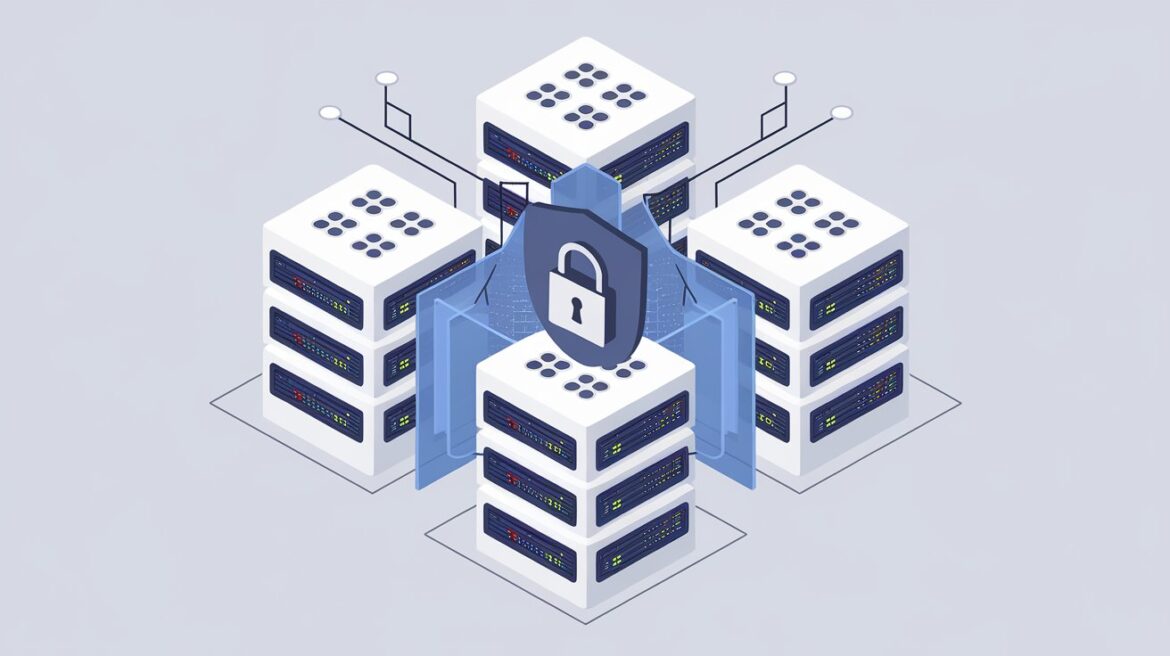In the modern digital landscape, data centers are constantly under threat from sophisticated cyber attacks. One of the most effective strategies to enhance data center security is microsegmentation. By breaking the network into smaller, isolated segments, microsegmentation limits the lateral movement of attackers and confines breaches to a minimal area. This blog post explores microsegmentation strategies, their benefits, implementation best practices, and how they serve as a cornerstone for a zero-trust security model.
What Is Microsegmentation?
Microsegmentation is a security approach that divides a data center’s network into granular segments, allowing administrators to enforce strict security policies on a per-segment basis. Unlike traditional segmentation that may rely on physical boundaries, microsegmentation uses software-defined networking (SDN) and virtualization to create logical segments. This granular control minimizes the risk of lateral movement, ensuring that even if one segment is compromised, the breach does not spread across the entire network.
Microsegmentation Strategies for Effective Implementation
📌 1. Define Security Policies Based on Workloads
- Categorize applications, services, and workloads by their security needs.
- Establish allow-list policies, only permitting necessary communications.
📌 2. Implement Least Privilege Access Controls
- Restrict communication only to required connections (e.g., a database should only accept requests from a specific application).
- Apply strict identity-based access policies using role-based access control (RBAC).
📌 3. Use AI and Automation for Dynamic Policy Enforcement
- Leverage AI-driven security analytics to detect abnormal behaviors.
- Automate policy adjustments based on real-time traffic monitoring.
📌 4. Integrate Microsegmentation with Zero Trust Security
- Enforce user authentication and workload verification before granting access.
- Combine microsegmentation with multi-factor authentication (MFA) and endpoint security solutions.
📌 5. Deploy Microsegmentation Gradually
- Start with critical applications and sensitive data before expanding.
- Use virtual firewalls and software-defined networking (SDN) for seamless policy application.
The Future of Microsegmentation in Cybersecurity
As cyberattacks evolve, microsegmentation is becoming a core strategy for modern cybersecurity frameworks. With advancements in AI-driven security, Zero Trust architectures, and hybrid cloud solutions, organizations can implement more intelligent and automated microsegmentation policies for stronger protection.
Microsegmentation is a game-changer for data center security, preventing cyber threats, enhancing compliance, and strengthening overall security posture. By implementing granular access controls and Zero Trust principles, businesses can safeguard critical assets while maintaining operational efficiency.
